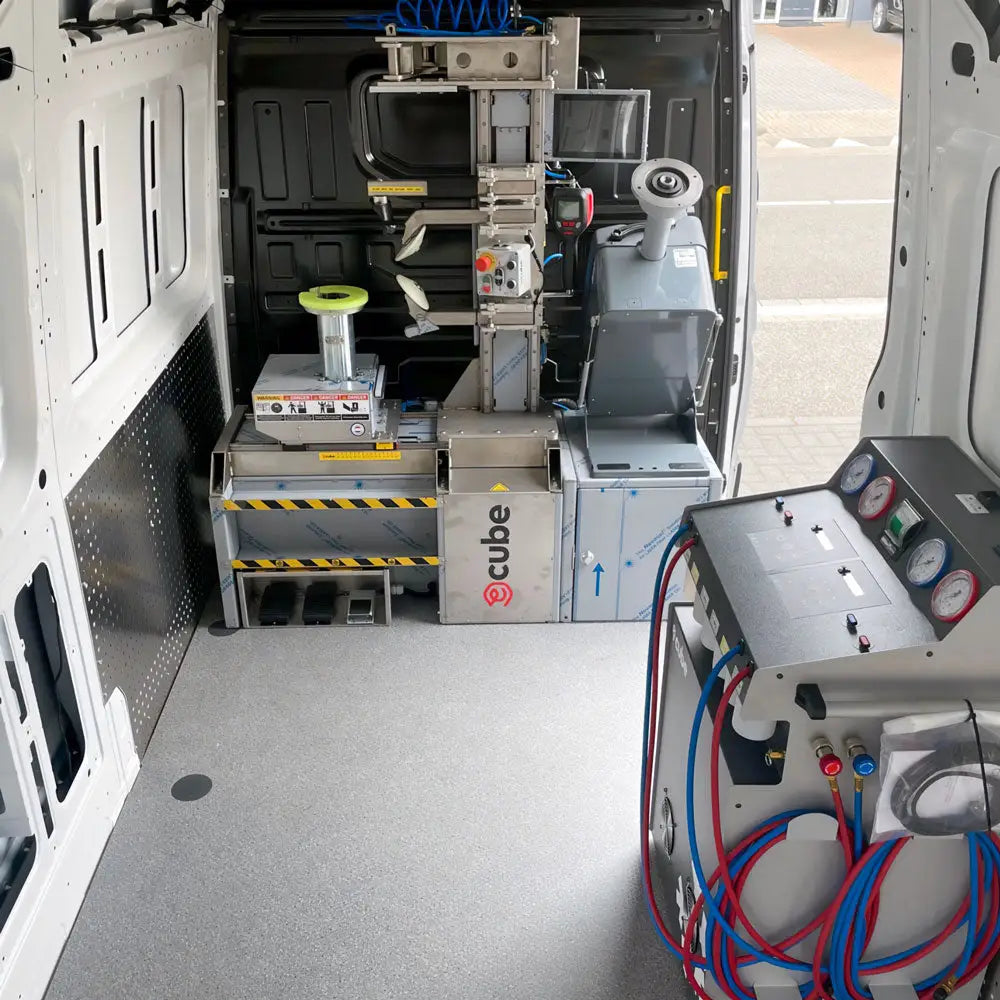Convenient Mobile Tire Service in Las Vegas at Your Doorstep
Convenient Mobile Tire Service in Las Vegas at Your Doorstep
Blog Article
Tire Service: Proven Approaches for Optimum Tire Upkeep and Treatment
Keeping optimal tire problem is paramount for both safety and security and efficiency of any automobile. From ensuring appropriate tire pressure to regular rotation and placement, there are proven methods that can considerably prolong the life-span of your tires and enhance overall driving experience. As we explore the complexities of tire treatment and upkeep, we will uncover crucial guidelines that every automobile proprietor must stick to for the very best possible results. Let's explore the globe of tire solution and discover the secrets to keeping your tires in top-notch form for the long run.
Relevance of Tire Stress
Appropriate tire stress is an essential variable in making certain optimum vehicle performance and security when driving. Preserving the advised tire pressure degrees supplied by the maker uses many benefits. To start with, ample tire stress promotes much better gas performance, as under-inflated tires can cause boosted rolling resistance, triggering the engine to function more difficult and consume more gas. Correct tire stress guarantees also walk wear, boosting tire longevity and conserving money in the lengthy run by delaying the requirement for early replacements. In addition, appropriately blew up tires add to boosted handling and braking capacities, important for risk-free driving in numerous road problems. Over-inflated tires, on the other hand, can result in lowered traction and a harsher ride. On the other hand, under-inflated tires are prone to getting too hot, which can lead to mishaps and blowouts. Consistently inspecting and readjusting tire stress, especially eventually trips, is a basic yet efficient means to enhance automobile efficiency, extend tire life-span, and prioritize security when traveling.
Tire Rotation Guidelines
When considering tire rotation standards, it is necessary to comprehend the value of this upkeep task in taking full advantage of tire lifespan and preserving ideal car efficiency. Tire rotation involves changing the position of each tire on a vehicle to guarantee even tread wear. Front tires tend to wear faster than back tires as a result of steering forces, making regular rotation crucial for balanced wear patterns. The advised turning pattern varies depending on whether a vehicle is front-wheel, rear-wheel, all-wheel, or 4x4. Typically, tires need to be revolved every 5,000 to 7,500 miles, or as encouraged in the car guidebook. Neglecting tire turning can cause uneven wear, influencing handling, traction, and potentially compromising vehicle safety and security. By adhering to correct rotation guidelines, drivers can expand the life of their tires, this contact form enhance gas efficiency, and enhance total driving experience. Regular turning is an easy yet effective maintenance practice that contributes considerably to tire long life and lorry performance.
Advantages of Wheel Positioning
Ensuring appropriate wheel positioning after read tire rotation is essential for maintaining well balanced wear patterns and taking full advantage of lorry efficiency. Furthermore, appropriate wheel placement assists to expand the life-span of your tires. Misaligned wheels can trigger uneven tire wear, leading to early tire substitute and raised maintenance prices.

Tire Tread Deepness Inspect
Carrying out a normal examination of tire step deepness is crucial for preserving safe driving problems and lengthening the life-span of your tires. Irregular walk wear can indicate concerns with tire pressure, placement, or suspension, highlighting the value of regular walk deepness checks. By including tire walk deepness checks into your regular maintenance schedule, you can drive with confidence understanding that your tires are in leading condition.
Seasonal Tire Assessment
Seasonal tire inspection is an essential facet of tire upkeep that makes sure tires are prepared to face the challenges postured by various climate problems. In preparation for winter season, it is essential to examine the tire pressure regularly as cool temperature levels can cause tire stress to go down. By conducting routine seasonal tire assessments, motorists can prolong tire life-span, improve fuel effectiveness, and most significantly, make sure a protected driving experience in varying climate conditions.
Verdict
Finally, keeping proper tire stress, turning tires regularly, straightening wheels correctly, checking walk deepness, and carrying out seasonal inspections are necessary practices for optimum tire care. By adhering to these proven methods, drivers can ensure their tires last much longer, perform far better, and add to overall lorry security. It is essential to focus on tire maintenance to stop mishaps, read this post here boost fuel efficiency, and prolong the life-span of tires.
Sufficient tire pressure promotes better fuel performance, as under-inflated tires can lead to increased rolling resistance, triggering the engine to work more difficult and take in even more fuel.When considering tire rotation guidelines, it is necessary to recognize the relevance of this upkeep job in making the most of tire life expectancy and preserving ideal automobile efficiency. Seasonal tire evaluation is an essential element of tire maintenance that makes certain tires are all set to deal with the obstacles postured by different weather problems. By performing regular seasonal tire inspections, vehicle drivers can extend tire life expectancy, improve gas effectiveness, and most importantly, make certain a safe driving experience in differing weather problems.
In conclusion, keeping correct tire pressure, revolving tires frequently, straightening wheels correctly, checking tread depth, and conducting seasonal examinations are vital techniques for optimum tire care.
Report this page